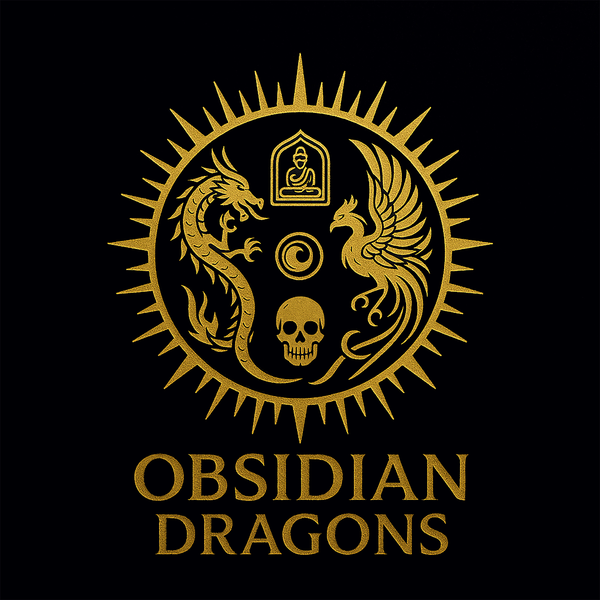PS
Buddhist protection bracelet, 8 auspicious signs of Buddhism. Fengshui. 925 silver, copper, braided leather, turquoise agate nan hong
Buddhist protection bracelet, 8 auspicious signs of Buddhism. Fengshui. 925 silver, copper, braided leather, turquoise agate nan hong
Couldn't load pickup availability
buddhist protection bracelet,
8 auspicious signs of Buddhism (description below)
Feng shui protection.
925 silver,
copper,
braided leather,
natural turquoise
nan hong agate (southern red)
Default bracelet length 20cm.
Do not hesitate to contact us for a specific length
Leather width 12 mm
Total weight of approximately 45 grams.
the 8 signs are rotating thanks to a high-performance ball bearing designed in Germany
THE 8 AUSPICIOUS SYMBOLS OF BUDDHISM
The 8 auspicious signs of Buddhism or Astamangala were originally a
set of Indian offerings presented to a king at his investiture. THE
Jainism first took up these auspicious symbols probably before the
Buddhism.
In the Buddhist tradition, these 8 auspicious signs represent the
offerings presented by the great Vedic gods – an ancient civilization
from India at the origin of Hinduism – to the Buddha Siddharta after his Awakening.
Brahma was the first of these gods to appear even before the birth of the
Buddha by presenting him with a wheel with a thousand golden spokes, as a request
symbolic to the Buddha to transmit his teachings by "turning the wheel of
dharma”. Indra, Lord of the Sky and god of war and storm – and
incidentally king of the gods – appeared next, offering the white conch
for the Buddha to "proclaim the truth of the Dharma".
In the Buddhist tradition, the eight auspicious signs form the body of
Buddha.
the parasol represents his head, the two fish his eyes, the vase his neck, the
lotus his tongue, the golden wheel his feet, the banner of victory his body,
the conch his word the endless knot his mind.
In the earliest form of Indian Buddhism, the Buddha was painted so
aniconic, i.e. without being represented in human form,
usually by an empty throne under a parasol and under the Bodhi tree or
by a stone marked with his divine imprints, which contain several
auspicious symbols like the insignia of the Buddha's divinity: the banner
of victory, the lion's throne, the trident, the Three Jewels, the eternal knot,
the swastika, the conch, the pair of fish and the most common, the lotus and the
wheel.
The Endless Knot or Tibetan Infinite Knot is a Buddhist symbol that
represents the movement of what is eternal, of the spiritual paths that
intertwine and time. The shape of the Endless Knot is evocative of the
wisdom and compassion in Tibetan Buddhism. The top and bottom of
symbol symbolize the interaction of opposing and dual forces, which ultimately
come together and unite in the universe. The Tibetan infinite knot represents
also the inseparability of the Void and the reality of existence. Finally, since
the Knot has neither beginning nor end, it is also defined as the Wisdom of Buddha
A traditional instrument of Tibet, the conch is considered to be the
symbol of the power of the Buddha's speech. The dextrorotatory conch rolls up
to the right and is the rarest and most conducive to the practice of
Tibetan Buddhism. She symbolizes the sound of Dharma which awakens the beings of the
sleep of Ignorance, thus prompting them to do their own good for the
many others. She is also the protection of the Dharma Jewel, the
progression from step to step towards ultimate realization, enlightenment or
Illumination.
The wheel of Dharma remains the most important symbol of Tibetan Buddhism, it
symbolizes the Buddhist law as well as the teaching of the Buddha who was the
first to set this Wheel in motion. The Wheel of Dharma represents the eternal
movement of the cycle of rebirths (or karma). It is also the continuity
teachings of the Buddha, in all its forms and in all
directions, teaching that lead to Happiness and liberation We represent
often the Wheel of Dharma with four or eight branches, embodying the Four
Noble Truths and the Eight Steps.
Symbol of absolute purity and awakening, emblem of spiritual elevation, the
lotus has the particularity of taking root in mud or mud, its stem
bathing in the water while its flower blooms majestically on the water. THE
lotus represents the elevation of the soul, initially purely materialistic through
of its roots, then tasting the experience of water through its stem, to
finally achieve enlightenment and awakening through its flower.
Tibetan Buddhists see through the Lotus the true nature of
Beings, the stem being samsara (cycles of life and death), the flower symbolizing
peace and serenity.
The Tibetan Victory Banner is the symbol of Buddha's teaching,
the triumph over Ignorance, the doctrine of Buddha over the forces of Evil: the
passion, fear of death, pride and lust.
It particularly symbolizes the Buddha's renunciation of all
delusions and illusory appearances of samsara.
The Treasure Vase represents a multitude of wealth, intellectual and
prosperity. It is a Tibetan symbol of long life and abundance.
It also symbolizes moral discipline, the study and practice of
Dharma, in particular through the good that one can bring to others and the
development of altruism.
When you wear a Tibetan jewel representing the treasure vase (this is not
not by chance if these pendants are often said "ghau" or "gao", while
simply because we can fill them), consider slipping inside everything
that you believe will benefit you and all living beings. It may
be Tibetan mantras, or pictures of people who are particularly
important to you, or thoughts or prayers...
Originally, the two fish were the symbol of the Yamuna River and the
Ganges, but they became the symbol of good fortune afterwards for
Hindus and Buddhists. Among Tibetan Buddhists, the Golden Fish
represents living beings who practice Dharma, and who should not
fear of drowning in the ocean of suffering, since they can freely
swim as fish do in water, in order to choose their
rebirths.
The parasol symbolizes the activity that protects men from all evils:
diseases, accidents, evil spirits. It also protects the beings of the worlds
lower. In Tibetan Buddhism, the umbrella protects us against
suffering. The Tibetan umbrella guarantees wisdom.
From a Buddhist point of view, the parasol represents a form of protection and
of welcome to anyone who would like to enter the path of Dharma and
progress on the path to Enlightenment.
Share

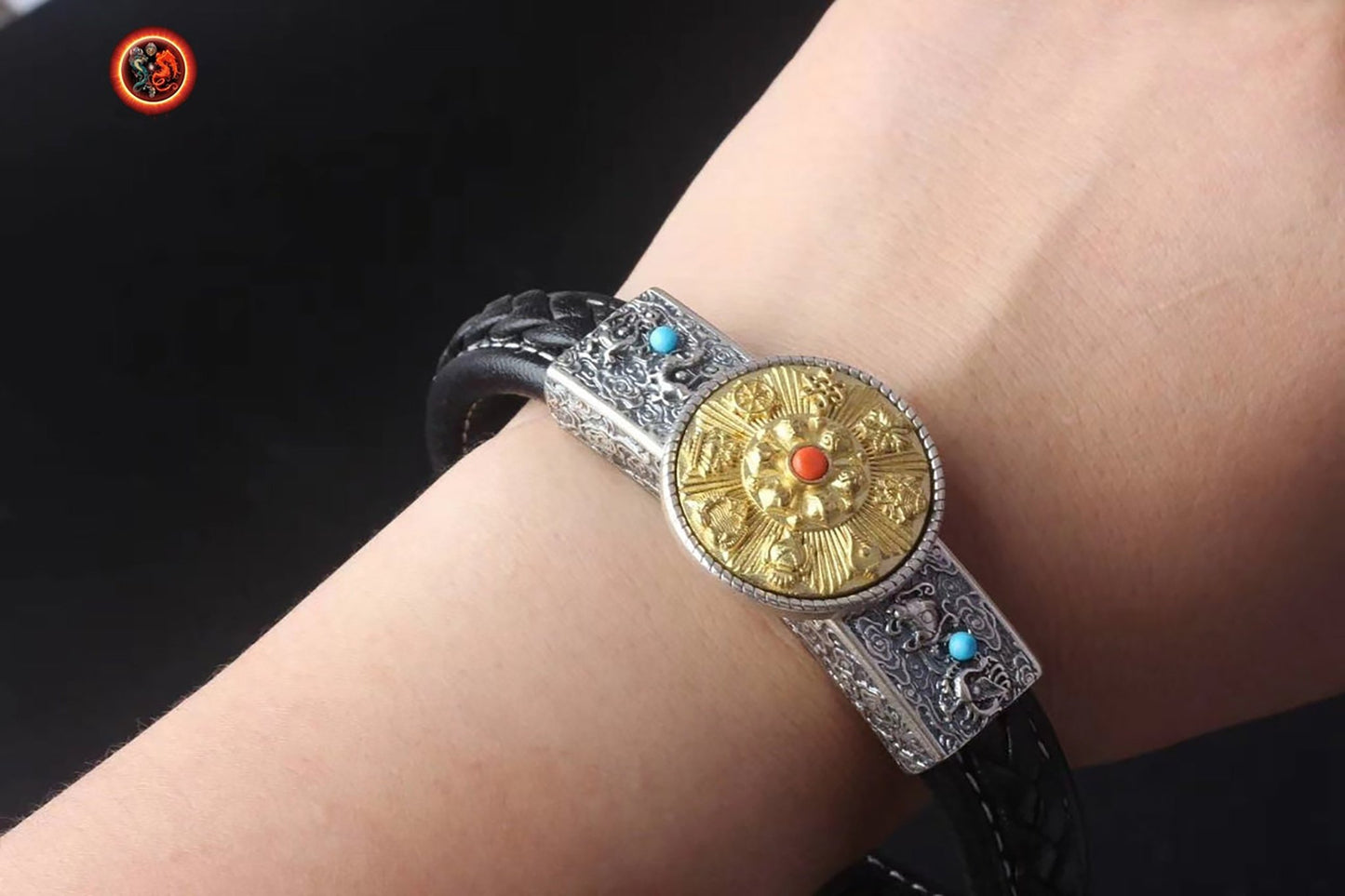
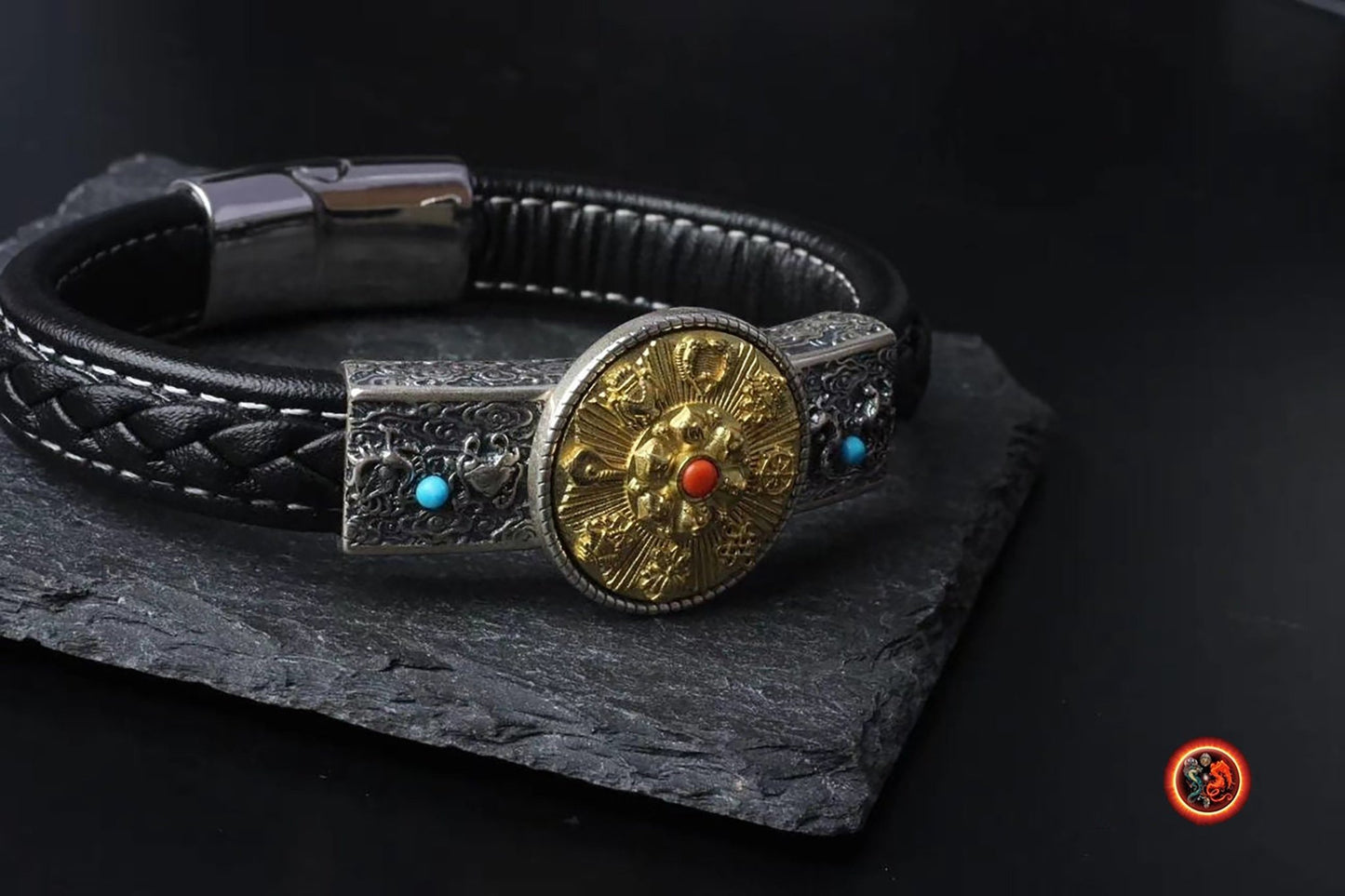


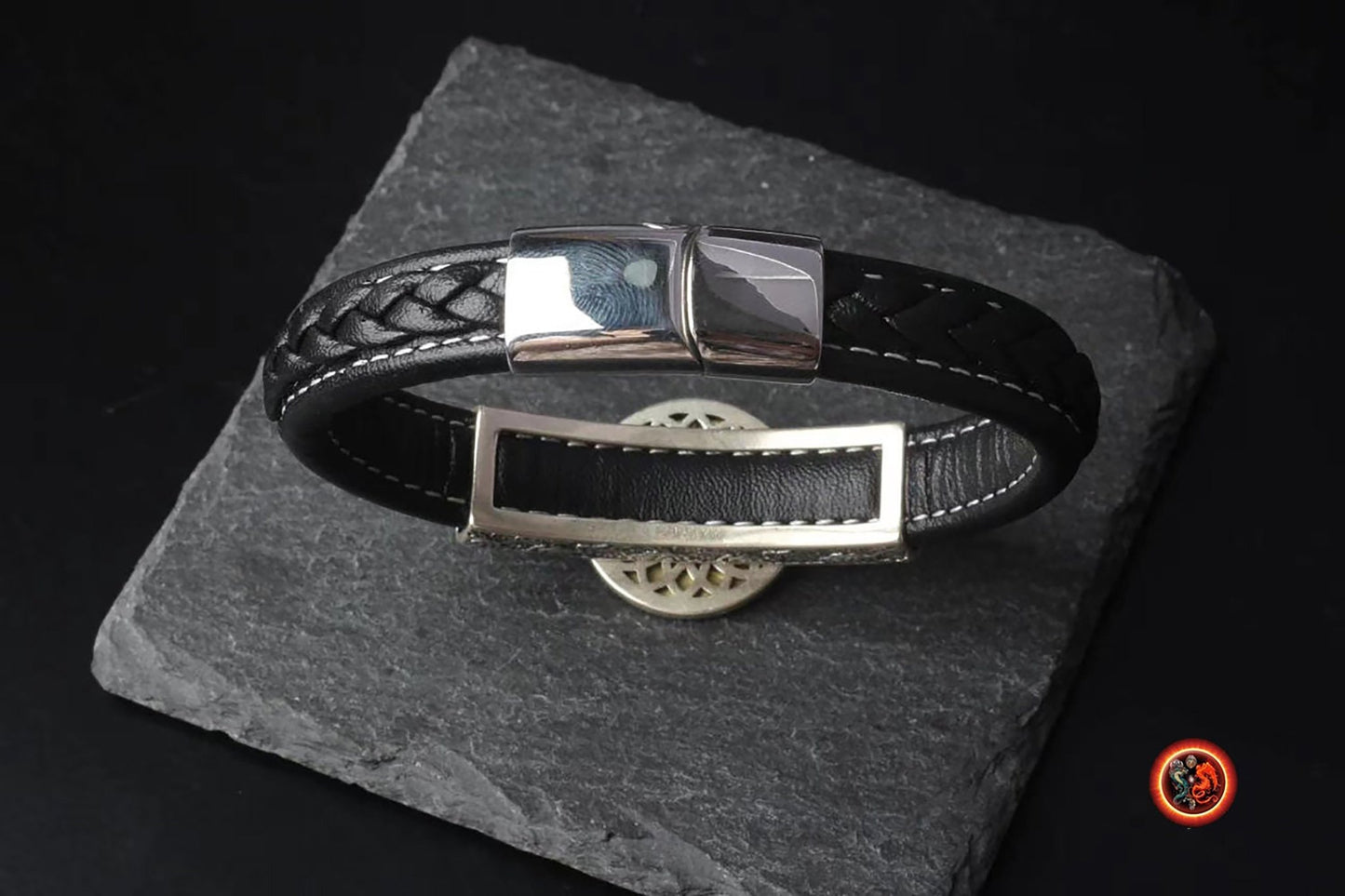
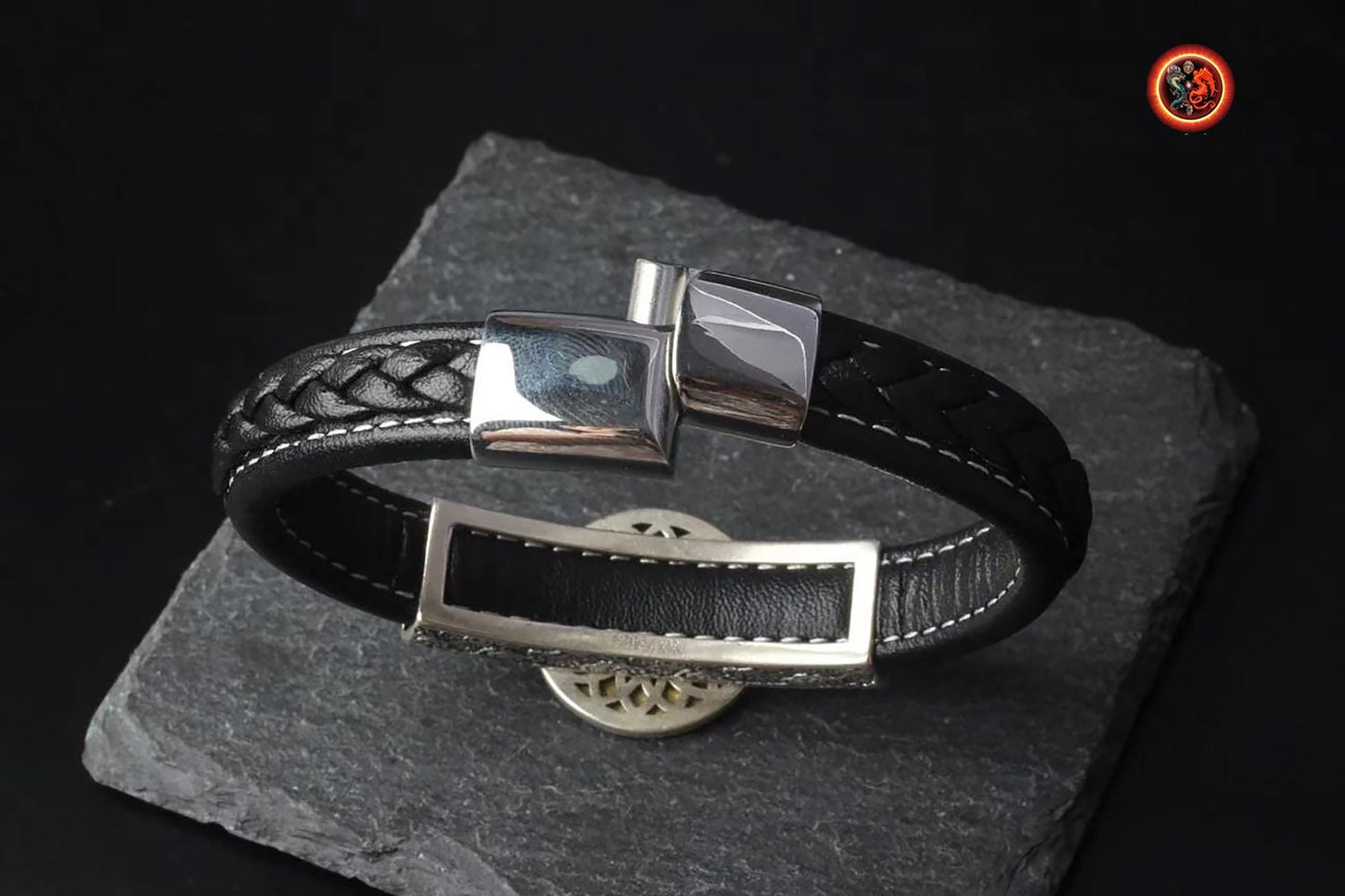


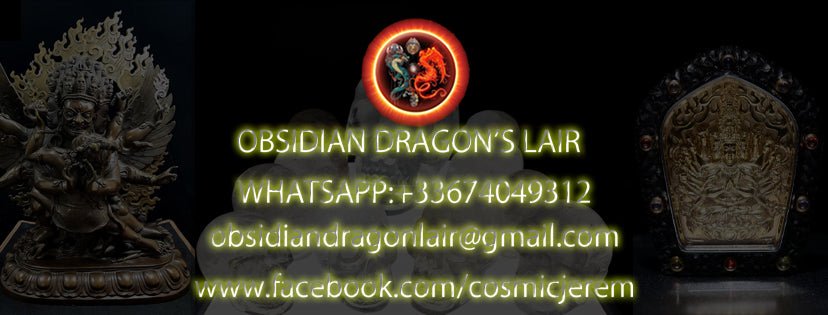

Return conditions for a Zen purchase
We offer you a money back guarantee within 14 days after delivery of your order.
If you are not completely satisfied with your purchase, please contact us to arrange a return of the product and a refund.
Except for returns, shipping is free on all orders.
Multi-column
Button text-
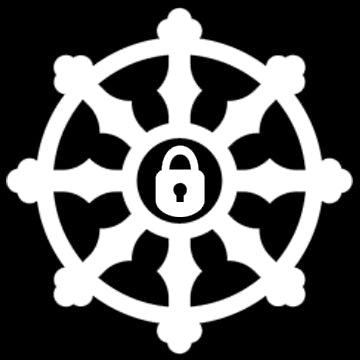
100% secure payment
3 times interest-free option with Scalapay
-

Free delivery in France and internationally
14 days money back guarantee after delivery (see our conditions of sale)
-

Column
Excellent customer service
Live chat
Whatsapp +33674049312
Let customers speak for us
from 911 reviewsLe crâne reçu correspond bien à celui proposé sur le site.

J'ai eu l'occasion de rencontrer Jérémy sur Paris avant l'achat...très bon contact avec lui ..il sait de quoi il parle...je suis revenu vers lui pour l'achat de cette magnifique statue...elle a été emballee avec beaucoup de soin pour une expédition de chine... vraiment très satisfait de cet achat..merci

Pendentif dragon en obsidienne œil céleste - Symbole spirituel

Le collier est superbe, et ce pendentif magnifique, ses détails! et l'odeur du bois de santal que c'est agréable! Qualité extra! Contact excellent avec Jérémy, merci beaucoup pour votre gentillesse! Quelle qualité, vivement le mala !

L'objet est très joli et malgré que je ne sois pas un spécialiste, je trouve que le crystal est beau. Il n'est pas parfait et cela me rassure sur la qualité du produit qui est sensé être naturel donc imparfait.
Très bien emballé et en plus housse de rangement offerte.
MERCI

Je suis très satisfaite, livraison rapide et soigné. J'ai appréciée la communication avec Jérémy… L'article est superbe, plus jolie que ce que je pensais.

J’ai commandé un crâne de dragon, il est super beau et très puissant. Je l’adore 😍 Et l’envoi a été très rapide 🤗 merci 🙏🏻

Absolument magnifique,il m’appelait ce bracelet et je suis ravie je ne vais plus le quitter merci 🙏🏼😍

Merci pour votre envoi, la pierre est magnifique, merci..

bracelet puissant, je suis content de mon achat

Cet artisan est gémologue, il travaille avec des artisans qui sont des vrais artistes, je suis bluffé par la qualité des ouvrages sur l’argent et sa qualité. Quand à la qualité des pierres pas besoin d’être gémologue pour voir la qualité exceptionnelle des pierres, encore une fois le travail de sculpture est exceptionnel.
Mon mala traditionnel est une pure merveille dans la tradition originelle. Le ghau est une merveille qui me comble.
Bref que dire de plus :). Allez sur son site.
PS : vendeur qui connait son métier et les traditions bouddhistes ce qui est un plus en plus :)

Ce crâne est un Etre de Lumière. Attirant , inspirant , "parlant".
Il est un Ami qui tire mes pensées vers le Haut.
Ses énergies vibrent à des fréquences élevées. Il est puissant dans la douceur.
Un crâne de Dragon m'assite également. Merveilleux !

Très beaux bracelet et très puissants

Magnifique crâne givré de l'Himalaya.

cette chevalière est tres bien réalisé, avec beaucoup de détails, je suis heureux de l'avoir

